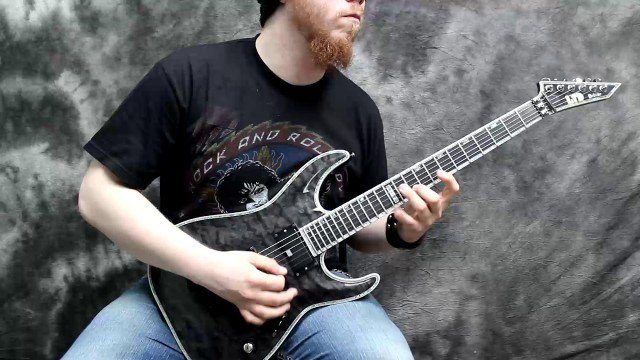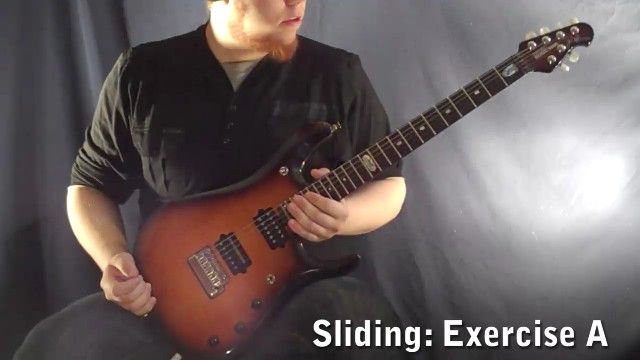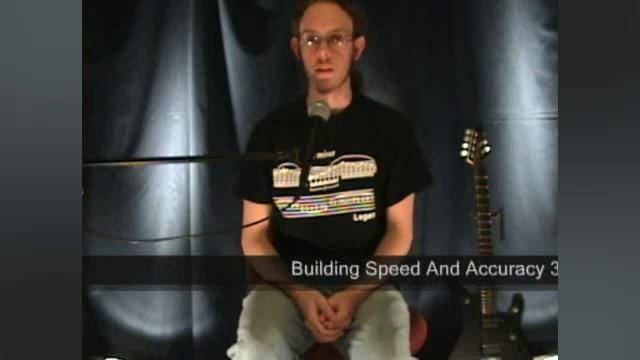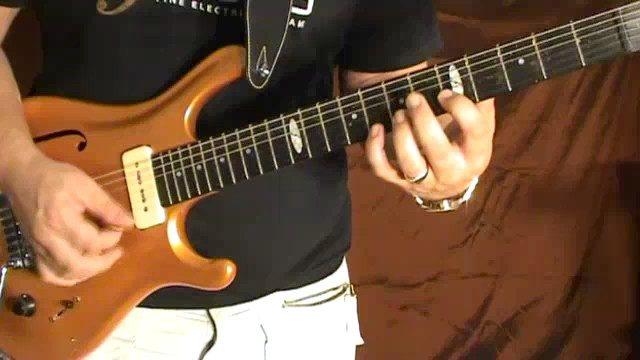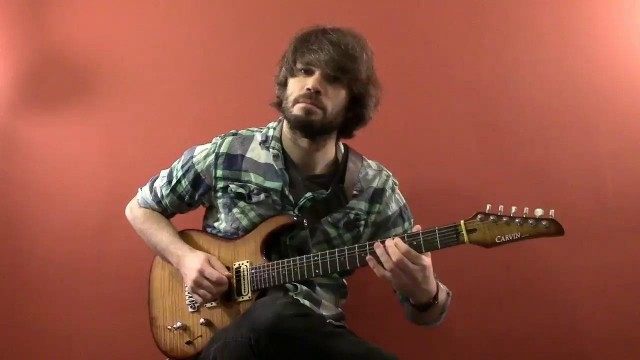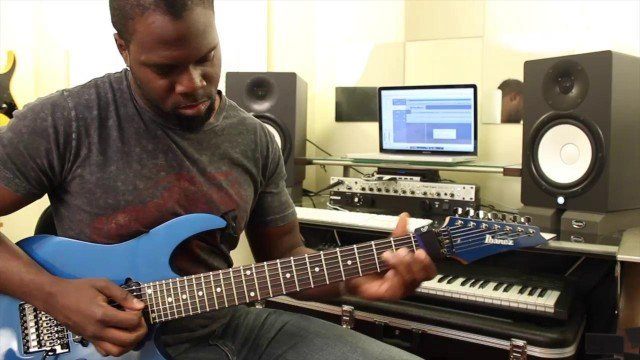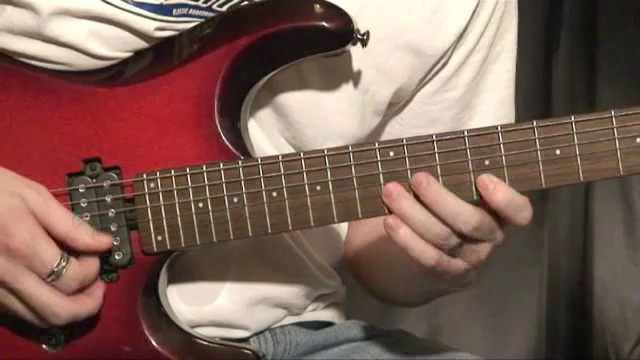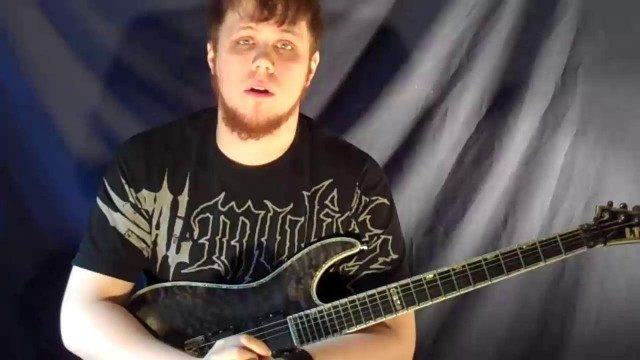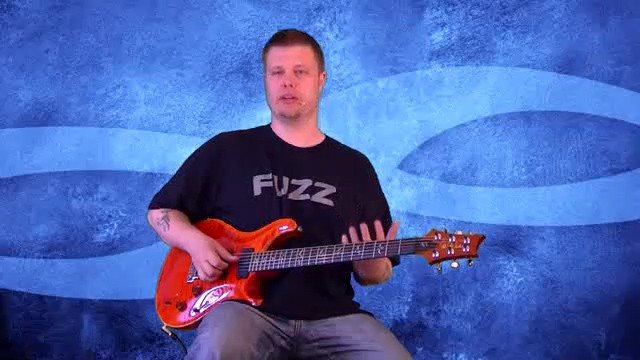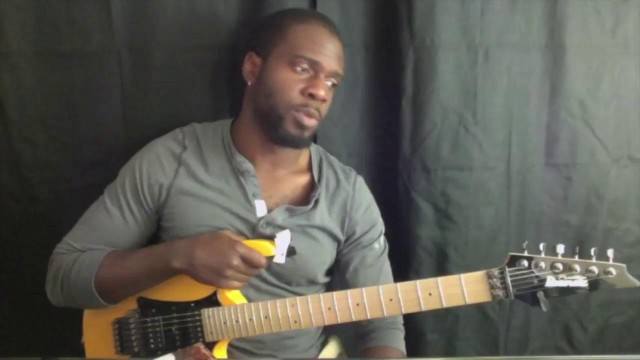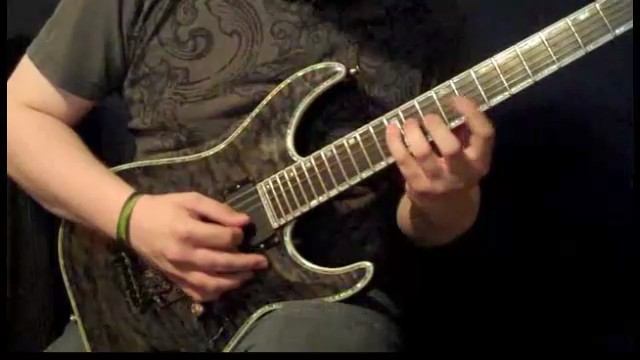As explained in the video, Tap Harmonics is just another variation on the same theme. Let's say you fret a D on the 5th fret of the A-string. The ½ division of this new string length would then be situated at the 17th fret (this is also pretty much Tap Harm 101). You tap the harmonic node rapidly, with some force and “snap”. Do NOT perform a regular tap, where you hammer-on with your right hand and then pull off. The movement must be snappy and you actually “slap” more than tap the harmonic.
So why is this? Well, remember our previous discussions on how your finger acts as the trigger for the harmonic and the pick as activator? Well, guess what? This is this same concept. By slapping on the string above the fret wire, the force of the attack sets the string in rapid motion. That metal fret will act as a substitute for your finger as a trigger. When using distortion you might not hear the more “metallic” quality of the Tap Harmonic, but when using a clean tone you will. Furthermore, try tapping out the harmonics above the pickups (as demonstrated in the video). Not so easy is it? That’s again because you have no “activator” there to trigger the harmonic effectively.
Finally, with these tap harmonics you can of course tap on ANY nodal point on the strings length, but you will only be able to get a CLEAN harmonic on those places where the node coincides with a fret/activator. This is also probably the reason why no Notation Software so far allows you to hold a D on the A-string but tap the 19th fret, producing an A-harmonic instead (1/3 division of the string). But, even though tap harmonics have greater limitations than some other of these techniques, and you will almost never see anyone tap anything but the octave, you should still understand and be able to use the theory presented in this tutorial to produce ANY of the harmonics available to you with this technique.




















